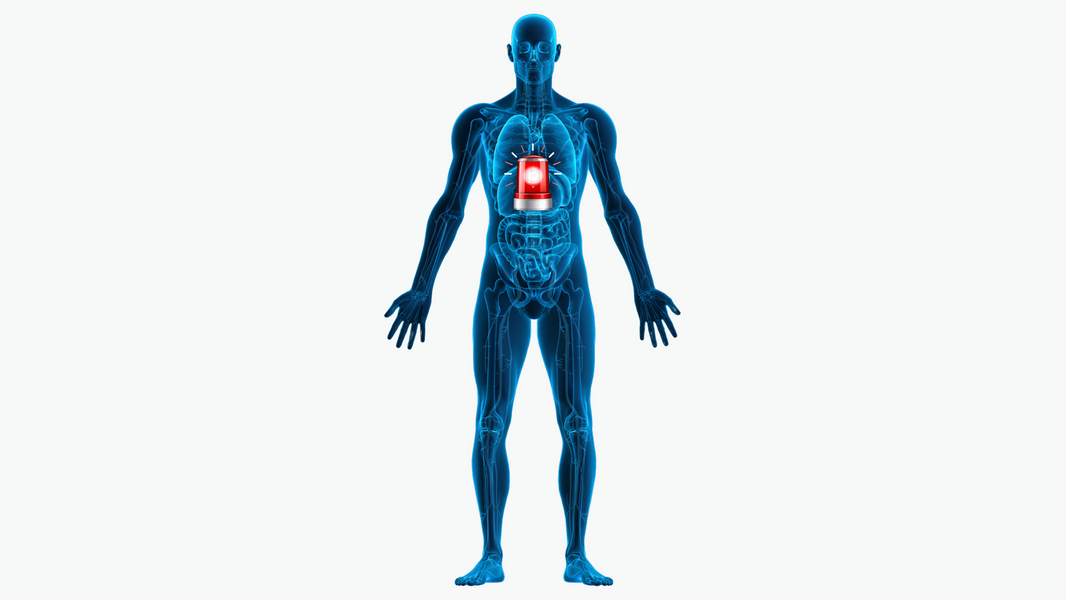Understanding A1C: The Key to Managing Blood Sugar and Achieving Better Health
What is A1C?
A1C, also known as Hemoglobin A1C, is a vital blood test that measures your average blood sugar levels over the past two to three months. This test provides a percentage indicating how much glucose (sugar) is attached to hemoglobin—the protein in red blood cells that carries oxygen. It’s a critical tool for diagnosing and managing diabetes and prediabetes.
Unlike daily blood sugar tests that show short-term fluctuations, A1C offers a long-term view, making it an essential metric for anyone looking to improve their overall metabolic health.
Why is A1C Important?
1. Diabetes Diagnosis and Management
Healthcare providers use the A1C test to diagnose diabetes and monitor how well individuals are managing the condition. By tracking the percentage of glucose bound to hemoglobin, the test reveals how effectively blood sugar levels are being controlled over time.
2. Risk Indicator for Chronic Diseases
A1C levels correlate strongly with the risk of developing diabetes-related complications, including heart disease, kidney problems, and nerve damage. A higher A1C indicates prolonged elevated blood sugar levels, which can damage organs and tissues.
3. Prevention and Early Detection
Even if you don’t have diabetes, the A1C test can highlight prediabetes—an early warning sign that allows for intervention before full-blown diabetes develops. Lifestyle modifications at this stage can drastically reduce the risk of progression.
Understanding A1C Ranges
-
Normal: Below 5.7%
-
Prediabetes: 5.7% to 6.4%
-
Diabetes: 6.5% or higher
The higher your A1C percentage, the higher your average blood sugar levels, and the greater your risk of diabetes complications.
How the Betr Method Supports Healthy A1C Levels
The Betr Method emphasizes gut health, balanced nutrition, and sustainable lifestyle changes, all of which are crucial for managing and lowering A1C levels. Here’s how:
1. Gut Health for Glucose Regulation
A balanced gut microbiome plays a pivotal role in blood sugar control. The Betr Method’s focus on whole, minimally processed foods supports the growth of beneficial gut bacteria. These bacteria help regulate glucose metabolism and reduce insulin resistance.
2. Anti-Inflammatory Diet
Chronic inflammation can impair insulin function, leading to higher blood sugar levels. The Betr Method encourages anti-inflammatory foods such as leafy greens, berries, nuts, and omega-3-rich fish. Reducing inflammation enhances insulin sensitivity, helping to lower A1C.
3. Personalized Food Reintroduction
During Level 2 of the Betr Method, foods are reintroduced one by one to identify sensitivities that may spike blood sugar. This personalization helps members craft a diet that stabilizes blood sugar, preventing A1C spikes.
4. Exercise and Movement
Regular physical activity boosts insulin sensitivity, allowing muscles to absorb more glucose. The Betr Method promotes enjoyable forms of movement, from walking and yoga to more intensive workouts, depending on the individual’s fitness level.
5. Mindful Eating Practices
Mindful eating prevents overeating and reduces cravings for sugar-rich foods. By tuning into hunger and fullness cues, members avoid the blood sugar spikes that contribute to elevated A1C.
Tips for Lowering Your A1C with the Betr Method
-
Follow the Level 1 Food List Strictly: Focus on gut-healing foods for at least three weeks to reset metabolism and reduce inflammation.
-
Track Your Progress: Keep a food and symptom journal during Level 2 to identify foods that negatively impact blood sugar.
-
Stay Hydrated: Aim for 40-60 ounces of water daily, as dehydration can affect blood sugar readings.
-
Incorporate Activity Fuels: On active days, add foods like quinoa, sweet potatoes, and avocados for sustained energy without blood sugar crashes.
-
Get Adequate Sleep: Poor sleep disrupts hormone balance, increasing insulin resistance. Aim for 7-8 hours of quality rest.
-
Manage Stress: Chronic stress raises cortisol, which can spike blood sugar levels. Mindfulness, meditation, and deep-breathing exercises can help.
When to Check Your A1C
-
Without Diabetes: Every 3 years if you’re over 45 or have risk factors.
-
With Prediabetes: Every 1-2 years.
-
With Diabetes: At least twice a year if stable; quarterly if treatment changes or goals aren’t met.
Conclusion: Achieve Betr Health by Mastering Your A1C
A1C is more than just a number—it’s a window into your long-term health. By adopting the Betr Method’s principles of gut health, whole foods, mindful eating, and regular movement, you can manage and even lower your A1C naturally. This not only reduces the risk of diabetes but also boosts energy, enhances mood, and promotes overall well-being.
Take charge of your health today. Remember, small, consistent changes create lasting results. With the Betr Method, you have the tools and support you need to thrive—one meal, one step, one good day at a time.
Reminder: Always refer to your physician with any questions or concerns regarding your A1C.






